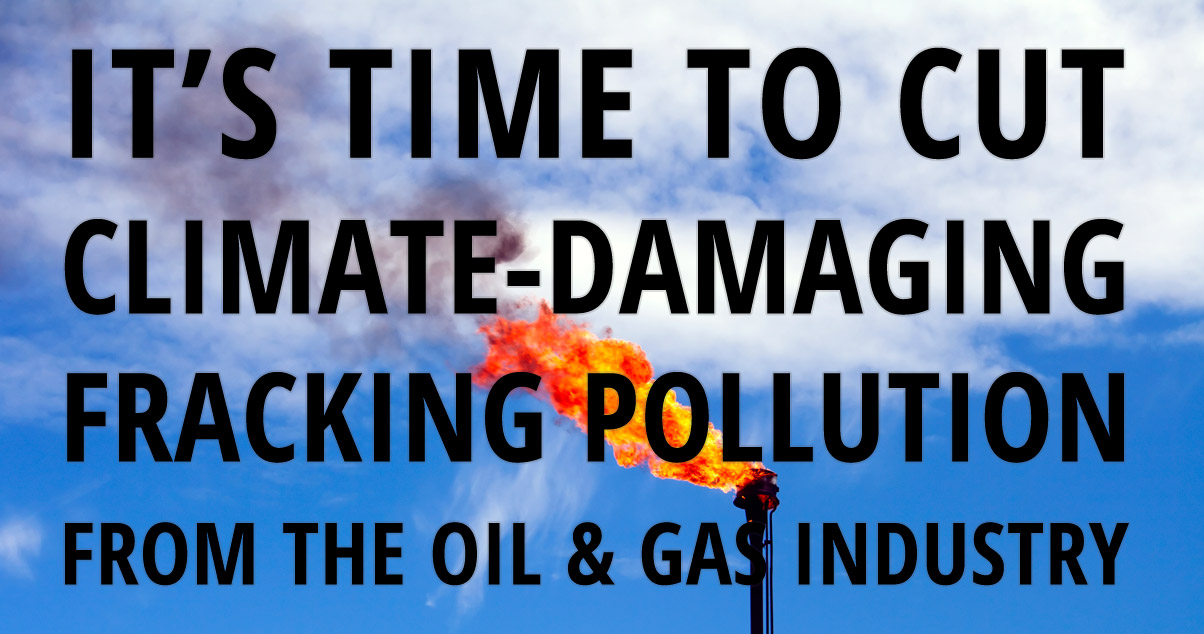
By Evan Waring
Back in August, the EPA announced its first-ever plans to regulate methane and volatile organic compound (VOC) pollution as part of the Obama administration’s effort to reduce greenhouse gas emissions.
Tell the EPA you support strong regulations on methane
The EPA’s new standards are particularly important in Texas, the nation’s largest oil and gas producer, for three reasons.
First, methane is an extremely potent greenhouse gas, and has 86 times the climate-disrupting power over a 20-year period than carbon dioxide, meaning Texas is a major contributor of global warming.
Second, methane is a valuable product that’s being wasted. Completely usable natural gas is too often released during oil production and often flared or, worse, vented into the atmosphere, and trapping methane instead is better for the environment and the bottom line.
Third, ozone-producing gases called volatile organic compounds (VOCs) are released alongside methane pollution. While the effect of methane as a greenhouse gas is a global issue, ground-level ozone affects the health of Texas residents on a local level, especially in cities with poor air quality like Dallas-Fort Worth, and those struggling to stay above bad air quality thresholds like Austin and San Antonio.
Texas won’t act on methane alone
In Texas, the political viability for these crucial methane pollution limits doesn’t exist, with regulatory agencies and the Texas Legislature consistently opposing any common sense safeguards. Last session, Governor Greg Abbott signed the controversial HB 40 into law, preventing cities from regulating fracking in their area. And in 2011, the Legislature passed a bill that added hurdles to any new air quality regulations that impact the oil and gas industry. The new federal rules may be the only means for cleaner air from oil and gas production in Texas.
The EPA must go further
While the EPA’s regulations are an important step forward, more needs to be done to combat methane pollution. The EPA should extend the rules to cover existing infrastructure (which account for 90 percent of methane emissions), require a more effective leak detection and repair (LDAR) program, and extend regulations on VOC emissions to the entire state, not just areas deemed “moderate” or higher for ozone pollution. Clean Air Task Force, the Sierra Club, and NRDC recently released a joint report called Waste Not that highlights how these solutions can be achieved cost-effectively.
What you can do to help
The EPA is accepting comments on the new regulations, and now is your chance to have your voice heard: tell the EPA that more needs to be done to stop methane pollution and climate disruption. Submit your comments here on or before December 4 and let the EPA know how important reducing methane pollution is. For guidance, see our comments we recently submitted here. You may also comment through the Sierra Club’s action alert on the issue, which can be found here.
Evan Waring is a Media & Communications intern at the Sierra Club's Lone Star Chapter.